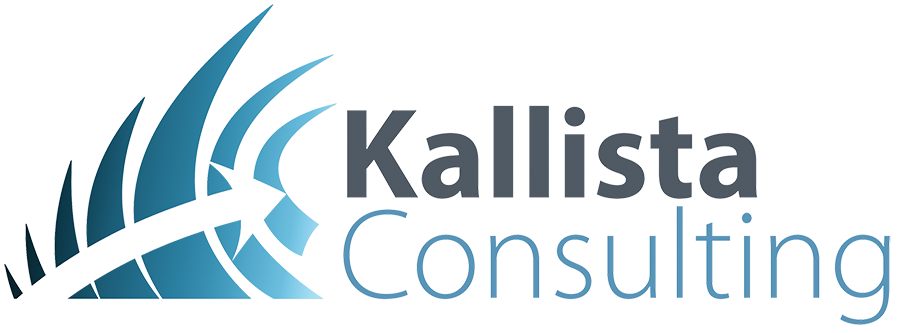Unlocking Hidden Potential: The Power of Process and Value Stream Mapping in Modern Business
The quest for operational excellence, cost-efficiency, and superior customer experience often leads savvy organisations to delve beneath the surface of their existing processes. It is here that Process and Value Stream Mapping emerge as indispensable tools, offering a pathway to uncover hidden potential and drive transformative changes in business operations.
What are Process and Value Stream Mapping?
Process Mapping (often called flowcharting) involves creating a detailed diagram that visualises the steps involved in a process from start to finish. This visualisation helps organisations understand the workflow and identify areas of inefficiency, redundancy, or complexity that can be streamlined.
Value Stream Mapping (VSM), on the other hand, takes a broader view. It is a visual tool that shows how work and information flow across an organisation as it executes a core process. It can be applied to both the current and future state of processes in a way that highlights opportunities for improvement and help to visualise what a process could be. VSM focuses not only on the steps and their efficiency but also on the value creation for the customer. It helps businesses see where non-value-adding activities can be reduced or eliminated, and where value-adding activities can be optimised, creating a pool of improvement projects.
Why are they important?
Identify Bottlenecks and Waste: By visualising processes and value streams, organisations can easily identify bottlenecks, delays, and unnecessary steps that consume resources without adding value.
Enhance Efficiency and Reduce Costs: By streamlining processes and eliminating waste, companies can operate more efficiently, leading to significant cost savings and faster turnaround times.
Improve Quality and Customer Satisfaction: Focusing on value-added steps improves the overall quality of the output. This, in turn, leads to higher customer satisfaction as products or services are delivered faster, with better quality and at a lower cost.
Facilitate Continuous Improvement: Process and Value Stream Mapping provide a foundation for ongoing improvement efforts. They create a clear picture of current operations and set a roadmap for future enhancements.
How to Get Started?
Getting started with Process and Value Stream Mapping involves a few key steps:
Define Your Objectives: Clearly define what you hope to achieve with the mapping. Whether it's reducing process time, cutting costs, or improving quality, having a clear goal will guide the process.
Gather a Cross-Functional Team: Include members from various departments involved in the process. This ensures a comprehensive view and buy-in from different parts of the organisation. One of the most important outcomes of Value Stream Mapping in particular is the way it creates team engagement with the improvement process and collaboration in resolving problems. In a way, this itself is a more important outcome than the maps itself.
Map the Current State: Document the current process or value stream. Use symbols and a standardised method to capture all relevant steps, delays, and flows of information and materials.
Analyse and Identify Opportunities: Look for waste, delays, and bottlenecks. Engage the team in identifying opportunities for improvement.
Design the Future State: Based on your analysis, redesign the process or value stream to eliminate waste and improve efficiency. Plan how you will transition from the current to the future state.
Implement and Monitor: Execute the changes and closely monitor the process. Adjust as necessary and use the feedback to drive continuous improvement.
Process and Value Stream Mapping are not mere methodologies; they are catalysts for deep-seated organisational change. By leveraging these tools, businesses can not only streamline operations but also foster a culture of innovation and continuous improvement. In the journey towards operational excellence, unlocking hidden potential through Process and Value Stream Mapping is a step no forward-thinking organisation can afford to skip.

